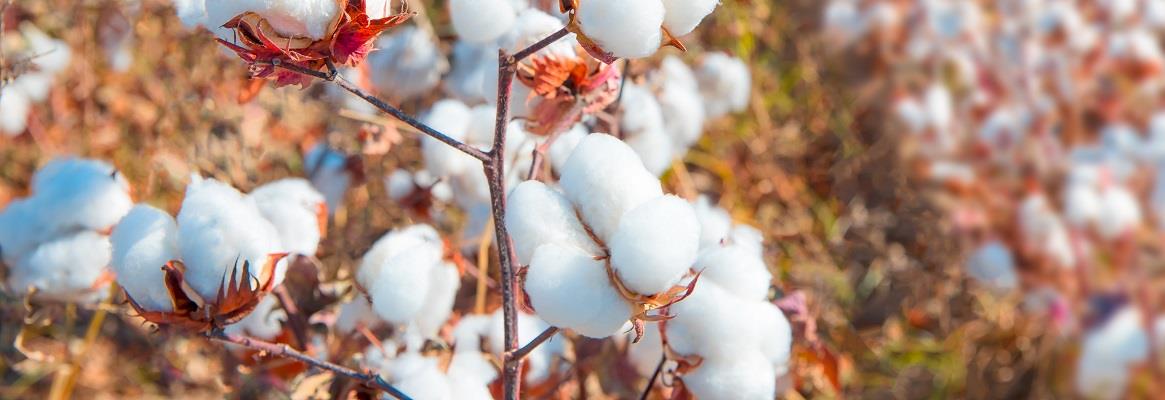Supima cotton is a type of cotton grown in the United States (specifically, California and Arizona) and it represents less than one per cent of all cotton grown across the globe. What makes Supima cotton so unique are the extra-long fibres that give it a trademark soft feel and unmatched strength.
Here are 19 things you didn't know about Supima cotton:
1. The name Supima combines “superior” “pima,” referring to its high-quality standards.
2. Supima cotton is 100 per cent grown in the US with 93 per cent being grown in California in the San Joaquin Valley, 3 per cent in Arizona, 2 per cent in New Mexico, and the last 2 per cent in Texas.
3. Some experts say that the Supima cotton grown in California is the best of all, thanks to that area’s dry, consistent climate and fertile soil.
4. Supima is not a type of cotton plant as such, but a brand. The brand – and its associated trademarks – belongs to The American Supima Association (ASA). This industry association is responsible for grading, regulating, and marketing Pima cotton that meets certain specifically exacting standards.
5. The ASA only exists within the United States, which means that it's only possible to buy true Supima fabric in the US.
6. The ASA has strict guidelines for Supima production that prevent growers from employing any dangerous or toxic practices during the manufacturing process making Supima cotton one of the least environmentally impactful forms of cotton.
7. Supima has extra-long staple fibres that make it twice as strong as regular cotton whilst being softer.
8. It is so soft that it is often used as a substitute for silk; practically any type of garment or accessory that is commonly made from silk may also be made from Supima cotton.
9. It represents 1 per cent of cotton grown worldwide, and 5 per cent of America’s total cotton production.
10. The length of the fibre produces smoother, cleaner yarns resulting in a fabric that resists pilling.
11. Fibres are also finer, resulting in an increased ability to absorb dye with a deep long-lasting infiltration. This makes for improved colour retention and vibrant colours wash after wash, year after year.
12. Cotton fields are laser-levelled to maximise water use efficiency. Based on the topography and specific make-up of the soil, farmers choose the optimal method for irrigating the crop; promoting soil health, and even fostering wildlife.
13. Crops are regularly rotated to optimise the health of the soil. This helps to keep soil nutrient levels in balance and vary by area.
14. This type of cotton is generally used to make high-end consumer garments and household textiles such as sheets. Examples of popular Supima garments include T-shirts, dress shirts, underwear, nightgowns, bathrobes, and pyjamas.
15. In general, Supima has the greatest longevity of all of the different kinds of cotton; it's easy to find garments made from this material that are decades old with no significant visible signs of wear and tear.
16. Supima cotton is one of the most expensive forms of cotton in the world. Supima cotton costs about three times as much as normal cotton. Consumers are willing to pay a premium for this rare fabric as all Supima cotton is vetted by the ASA.
17. Supima cotton is on a par or even superior to Egyptian cotton, however, the main difference is that Supima is cultivated in the US.
18. Some Supima cotton may be certified as organic by the USDA.
19. In bedding, Supima proves that thread count does not matter when it comes to being luxurious soft. Sheets crafted from Supima are softer, more breathable, and more durable than other kinds of cotton that depend on a heavier condensed thread count.
This article has not been edited by Fibre2Fashion staff and is re-published with permission from synzenbe.com







Comments